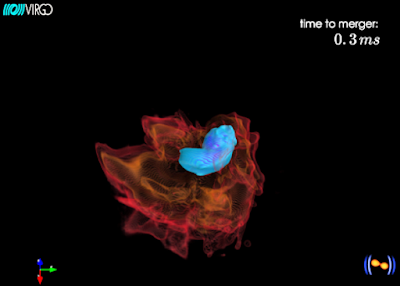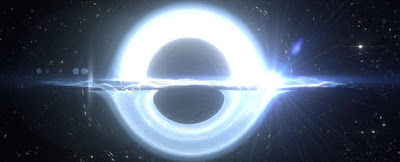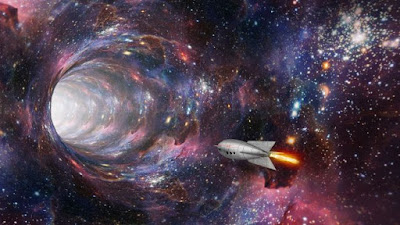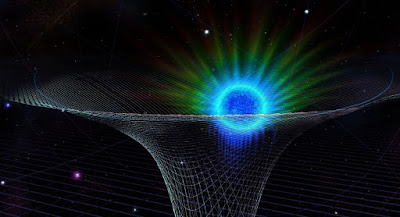
A diagram showing different states of matter as a function of temperature, T, and interaction strength, U (normalized to the amplitude, t, of electrons hopping between sites). Strange metals emerge in a regime separating a metallic spin glass and a Fermi liquid. P. Cha et al./Proceedings of the National Academy of Sciences 2020
Topics: Black Holes, Modern Physics, Quantum Mechanics, Superconductors, Theoretical Physics
Even by the standards of quantum physicists, strange metals are just plain odd. The materials are related to high-temperature superconductors and have surprising connections to the properties of black holes. Electrons in strange metals dissipate energy as fast as they’re allowed to under the laws of quantum mechanics, and the electrical resistivity of a strange metal, unlike that of ordinary metals, is proportional to the temperature.
Generating a theoretical understanding of strange metals is one of the biggest challenges in condensed matter physics. Now, using cutting-edge computational techniques, researchers from the Flatiron Institute in New York City and Cornell University have solved the first robust theoretical model of strange metals. The work reveals that strange metals are a new state of matter, the researchers report July 22 in the Proceedings of the National Academy of Sciences.
“The fact that we call them strange metals should tell you how well we understand them,” says study co-author Olivier Parcollet, a senior research scientist at the Flatiron Institute’s Center for Computational Quantum Physics (CCQ). “Strange metals share remarkable properties with black holes, opening exciting new directions for theoretical physics.”
Quantum Physicists Crack Mystery of ‘Strange Metals,’ a New State of Matter, Thomas Sumner, Simon Foundation









